Most artists make a living by painting what they see, but Melissa McCracken paints what she hears. The 26-year-old from Kansas City, Missouri has a rare neurological phenomenon affecting approximately four percent of population that mixes up the brain’s response to certain stimuli as if it had been cross-wired.
Synesthesia affects people differently, but McCracken’s form—known as chromesthesia—means she spontaneously and involuntarily sees colors when listening to music.
Videos by VICE
She spoke candidly to Broadly about her lifelong relationship with the condition, how she harnesses it to create her brilliantly colorful paintings, and the inspirational power of music and memory.
BROADLY: How did you realize that most people don’t hear in color?
Melissa McCracken: I used to think my synesthesia was normal and that asking anyone about it would be like asking them if they could smell the coffee in a coffee shop. At 16, I found out that it wasn’t when I was trying to choose a ringtone. My phone was blue and I told my friend I was going to pick an “orange” song to match it because they’re complementary colors. He seemed really confused and I thought there was something wrong with him. It finally clicked in a high school psychology class. It was shocking because I’d never thought it was unusual.
Read more: The Human Painter Making Art Worthy of Aliens
Do you have to close your eyes to see the colors or do they cloud your sight?
Synesthesia doesn’t interfere with my sight in any way and it’s not hallucinogenic. It just floats there in a similar way to how you would imagine something or visualize a memory. I don’t need to close my eyes but it helps me visualize it better if I do.
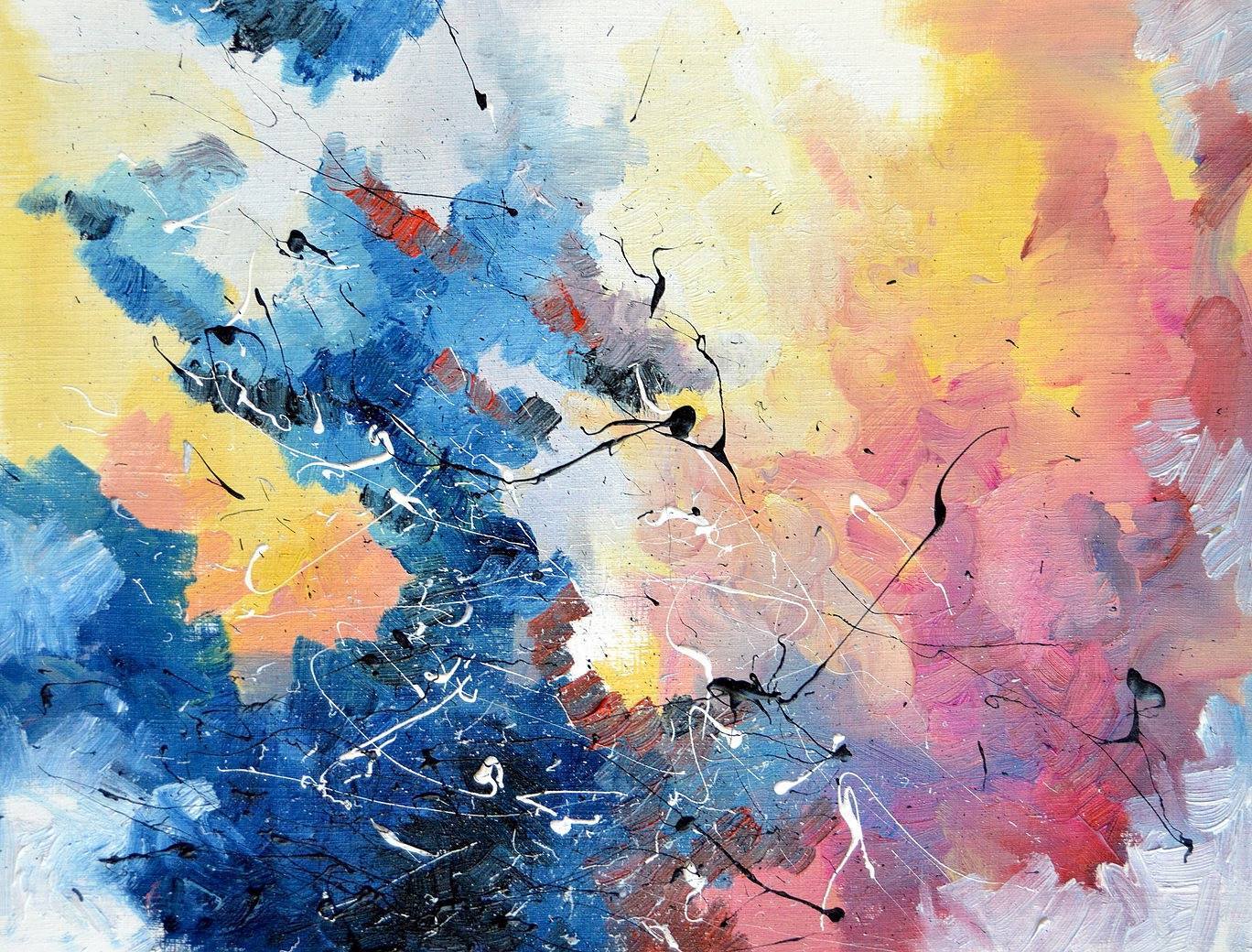
David Bowie, “Life on Mars.”
How did you come to start painting your favorite songs?
Color seemed like the most natural thing for me to paint because I’ve always loved it, so I wanted to go down an abstract route. I started painting memories from notable times in my life and thinking of the specific songs that related to them. People seemed interested in my synesthesia so it became my core subject.
Do certain music genres look prettier than others?
I think so. Expressive music such as funk is a lot more colorful, with all the different instruments, melodies, and rhythms creating a highly saturated effect. Guitars are generally golden and angled, and piano is more marbled and jerky because of the chords. I rarely paint acoustic music because it’s often just one person playing guitar and singing, and I never paint country songs because they’re boring muted browns. The key and tone also has an impact, so I try and paint the overall feeling of the song.
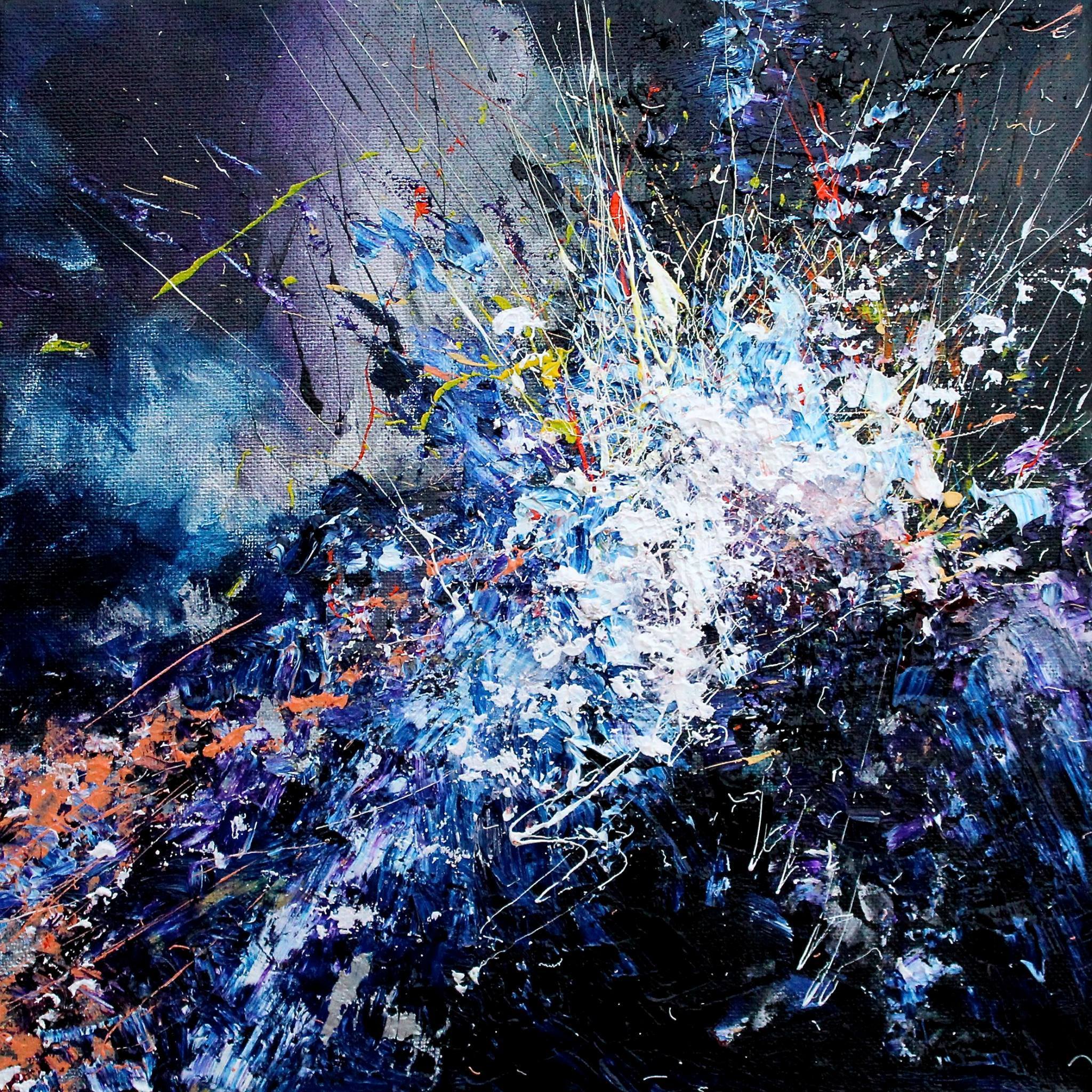
Prince, “Joy in Repetition.”
Does a song look the same every time you listen to it?
It depends what I’m focusing on. If I notice a bass line I’d never noticed or honed in on before, the look will change, but generally it looks exactly the same. If I try to paint the same song twice it’ll turn out differently because you can’t splatter paint the same way twice.
Do synesthetes see the same colors in the same songs?
Not always. I once met another painter with synesthesia and for comparison we both painted “Little Wings” by Jimi Hendrix. Our final pieces looked totally different, proving how subjective it is. I love studying Kandinsky’s art because he also had synesthesia but his paintings are much more geometric.
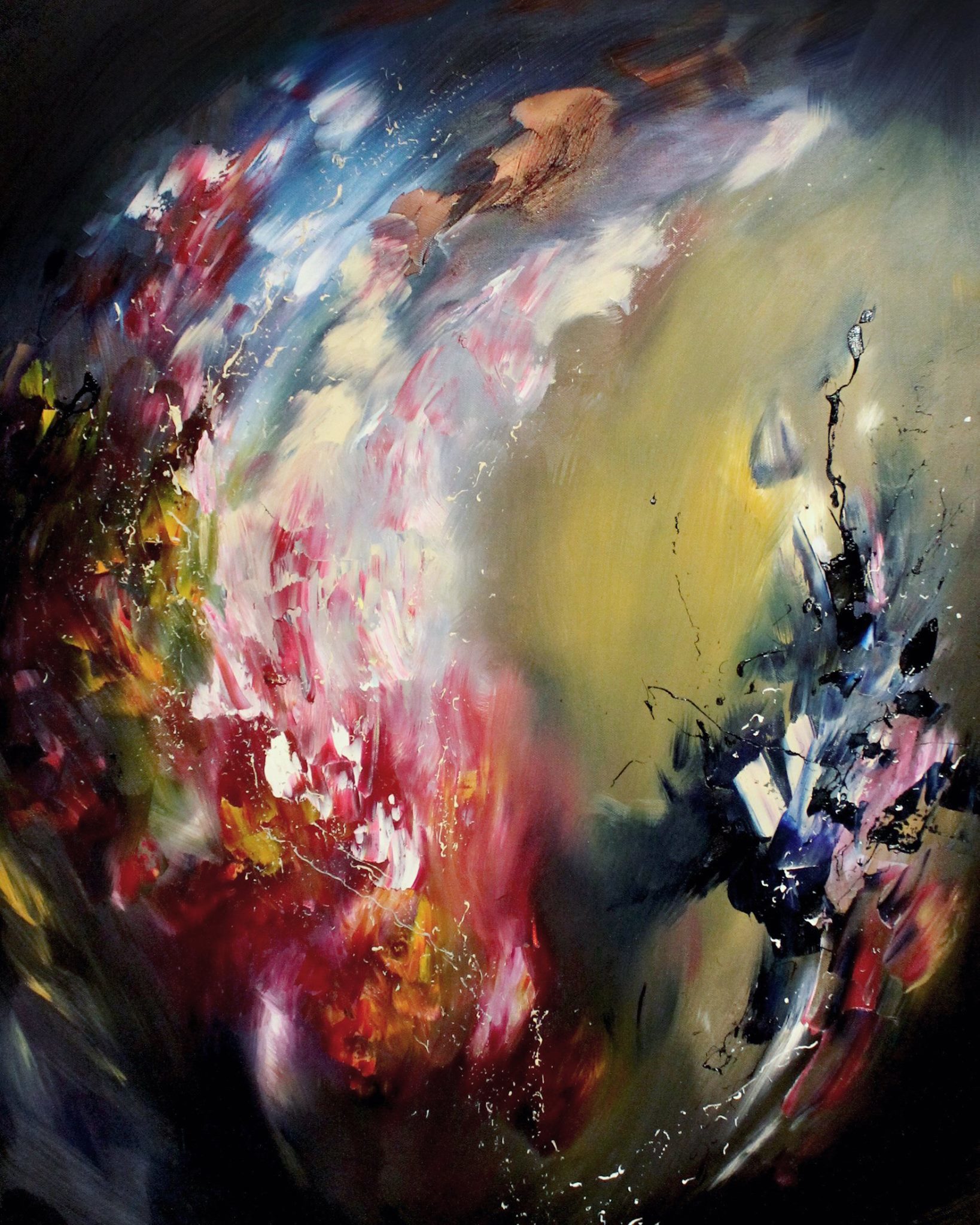
Radiohead, “All I Need.”
Do you ever turn down requests to paint songs?
I want to stay true to who I am as an artist, so if a song isn’t visually appealing or doesn’t personally resonate with me then I politely say no. People are usually understanding and don’t want to make me do anything I don’t want to do. On the other hand, I often discover bands I like through people’s suggestions.
Do you like songs because of how they look or do they look nice because you like them?
It’s a chicken and the egg argument! I’ve heard that synesthesia is highly associative. Many people with color to letters synesthesia find it correlates with the alphabet magnets they used to have on their fridge. I loved pink and purple as a little girl and my favorite songs from that time are those colors. I’m not sure whether I created that, or I was simply around pink and purple a lot, or if everything molded together.
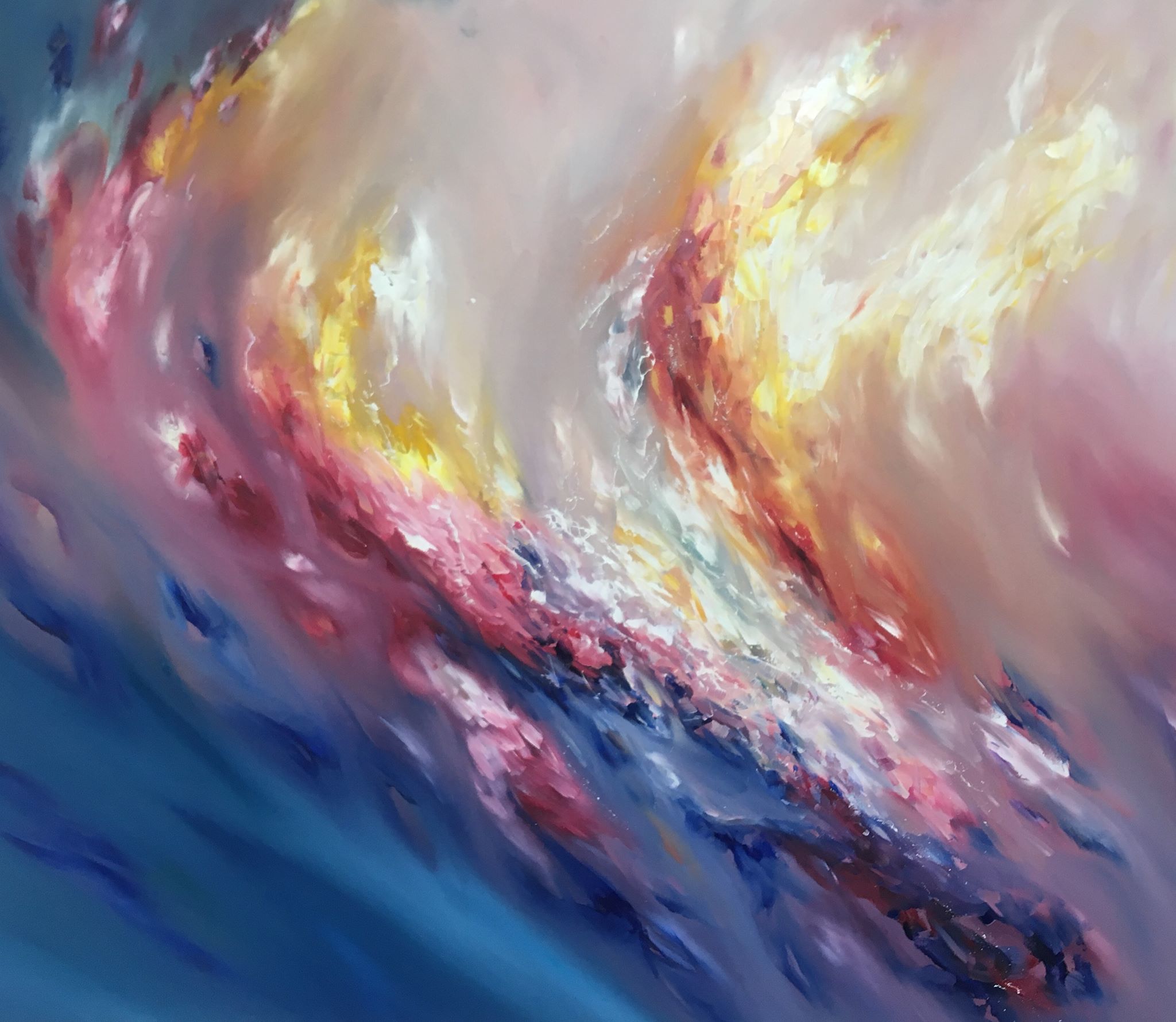
Iron & Wine, “Boy With a Coin.”
Do you only paint songs or do you paint other sounds too?
Sound isn’t as jarring as music. There’s usually one quick burst of color and then it disappears. But for my mom’s birthday I painted the sound of her footsteps. I remember hearing her clicking heels when she came home and it was such a comforting (purple!) sound to me as a child.
Have you met anyone else with synesthesia?
I met a girl at college who saw shapes when she heard voices—I remember her dad’s was triangular—and she also tasted pitch. A banana would be a high C, or something. Talking to her is so strange because, even though I can totally relate to the concept, her synesthesia still makes no sense to me.
For More Stories Like This, Sign Up for Our Newsletter
Pharrell, Kanye West, and Lady Gaga have all spoken about their synesthesia recently. Is this rise in awareness a positive thing?
Definitely. Everyone who has experienced synesthesia is going to process it differently. I’ve received many lovely emails from synesthetes who struggled with the sense that something wrong was with them just because they saw colors when listening to music. It’s great that there is more awareness of it today because whether an experience is positive or negative, it’s always nice to know that someone can relate to you and that you’re not alone.
All art by Melissa McCracken, courtesy of the artist.
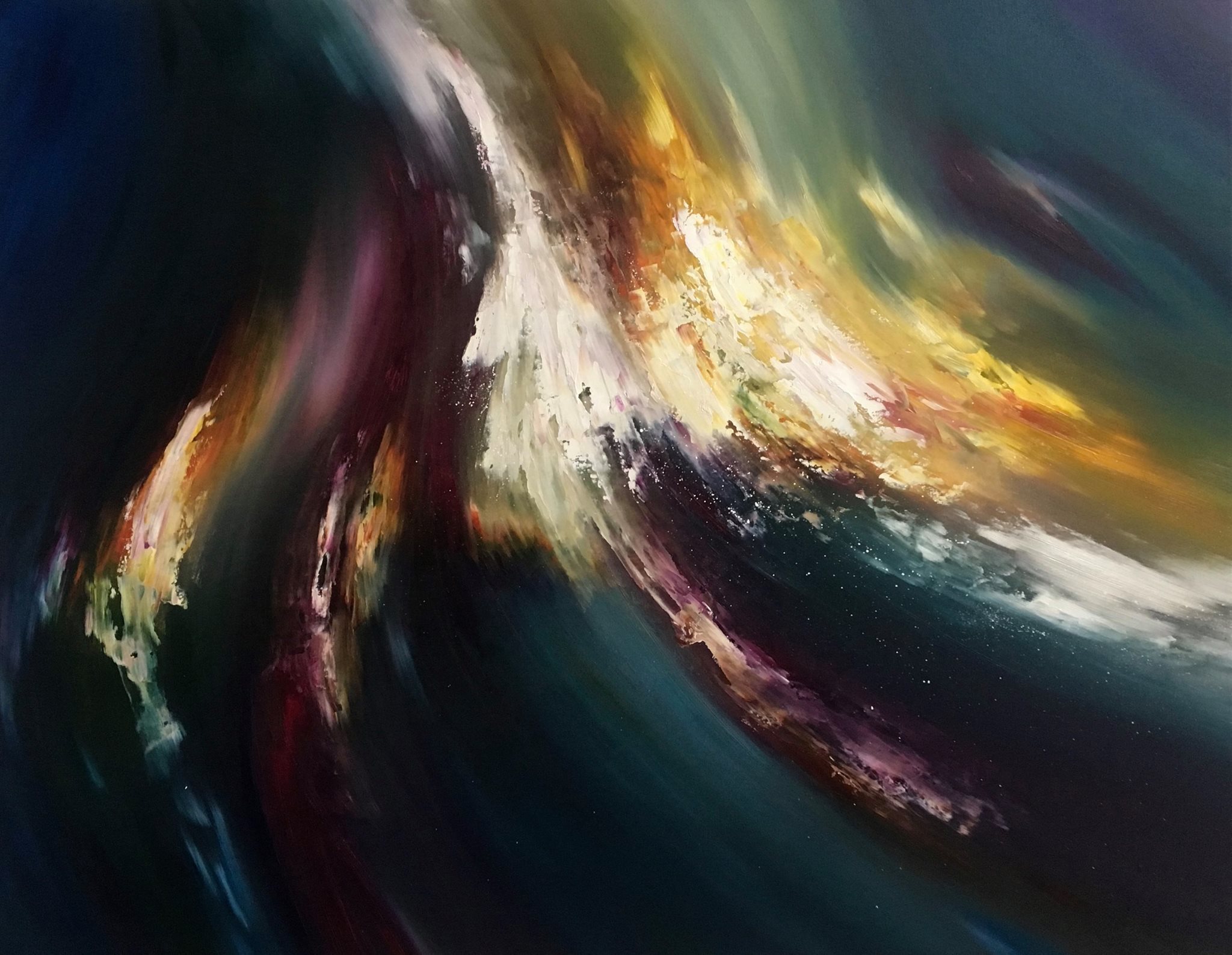
Bach, “Cello Suite No. 1.”
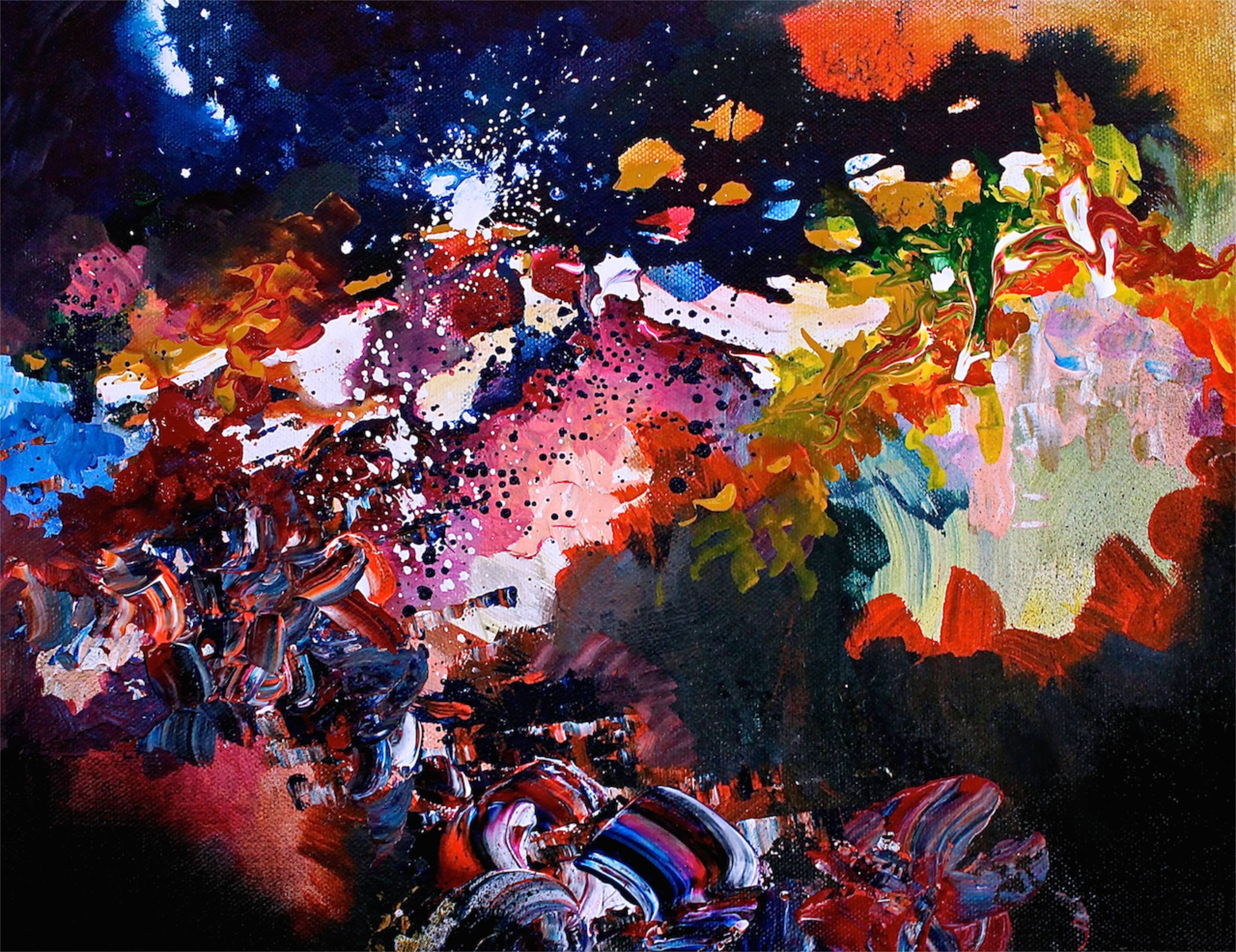
Radiohead, “Karma Police.”
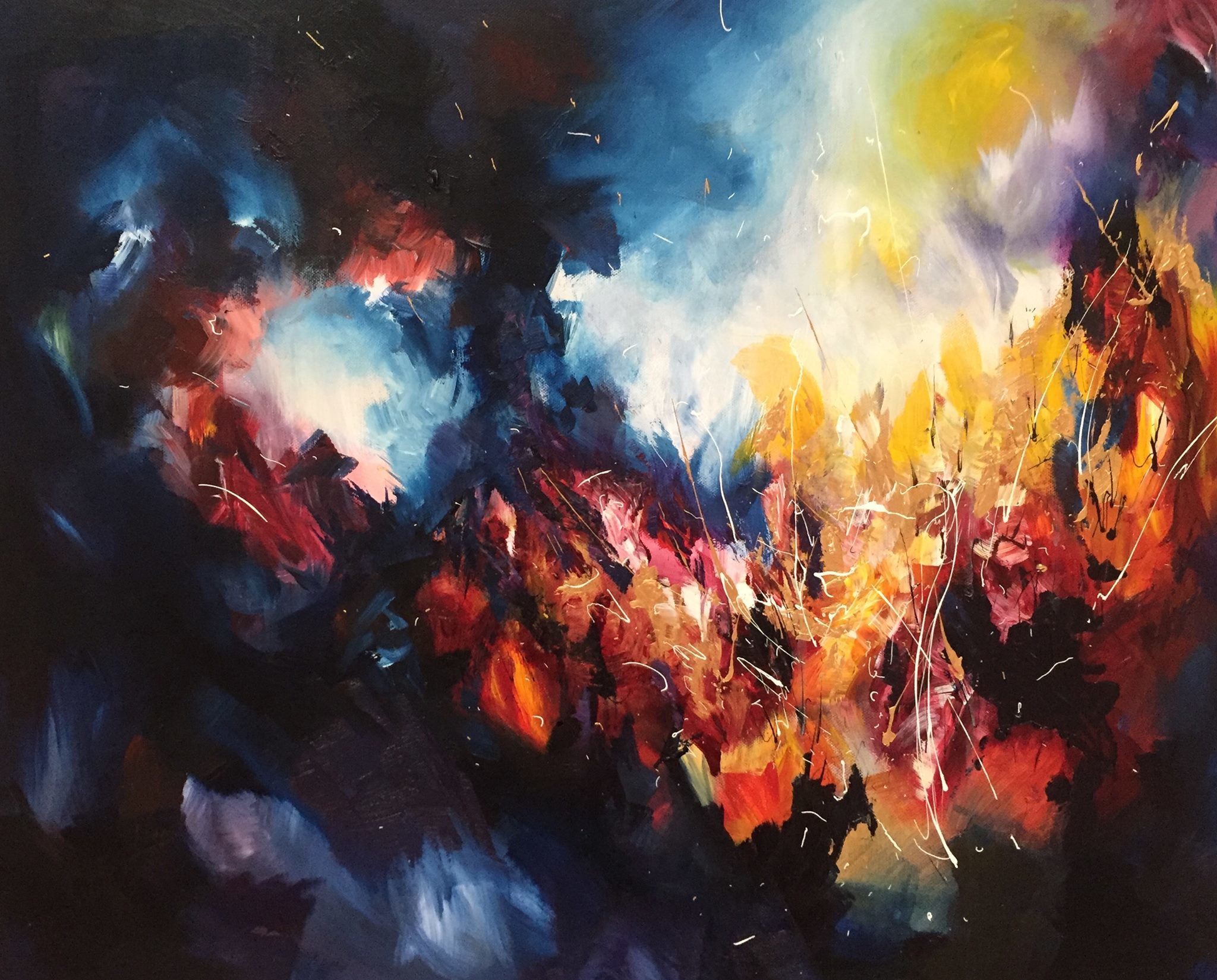
Pink Floyd, “Time.”
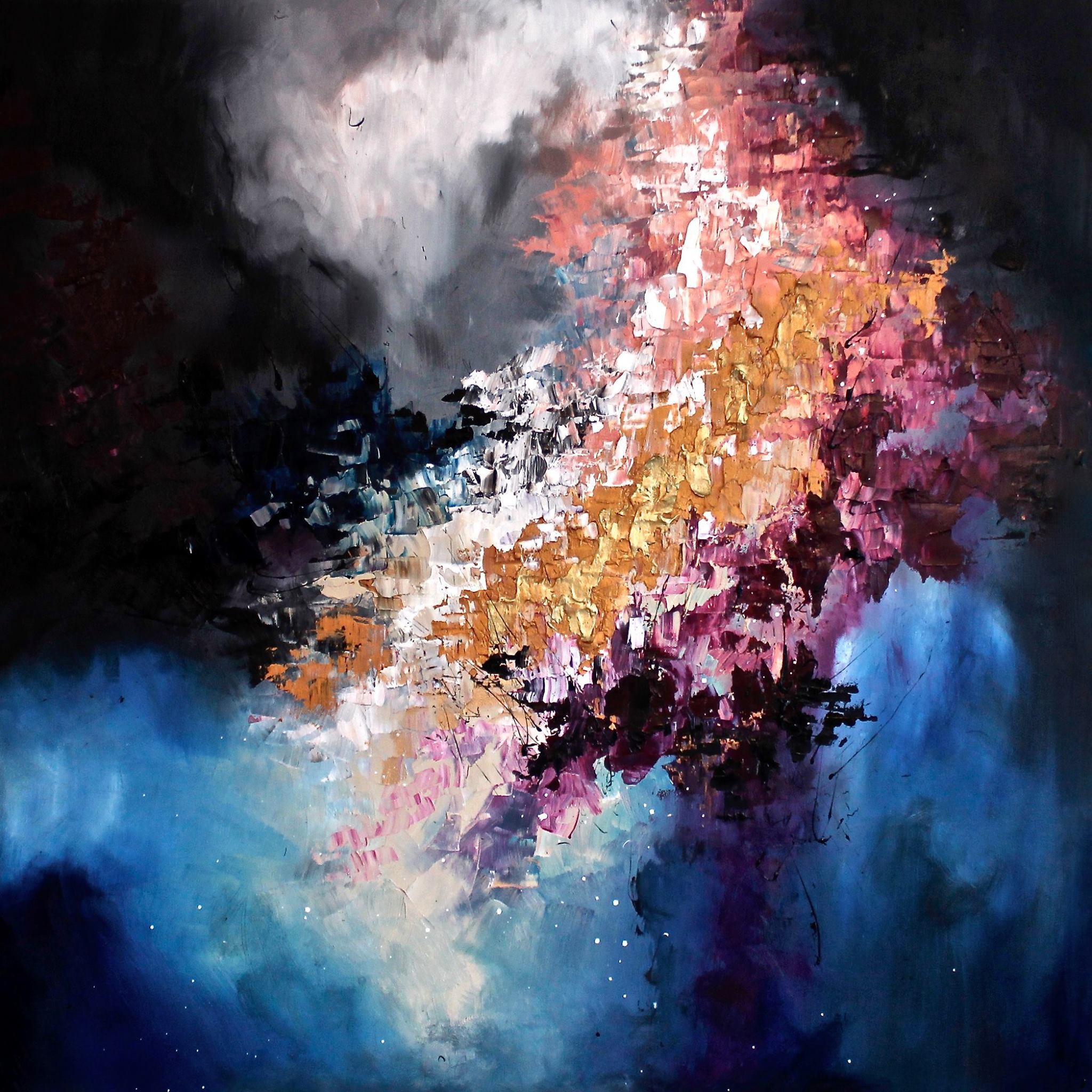
Bon Iver, “For Emma, Forever Ago.”
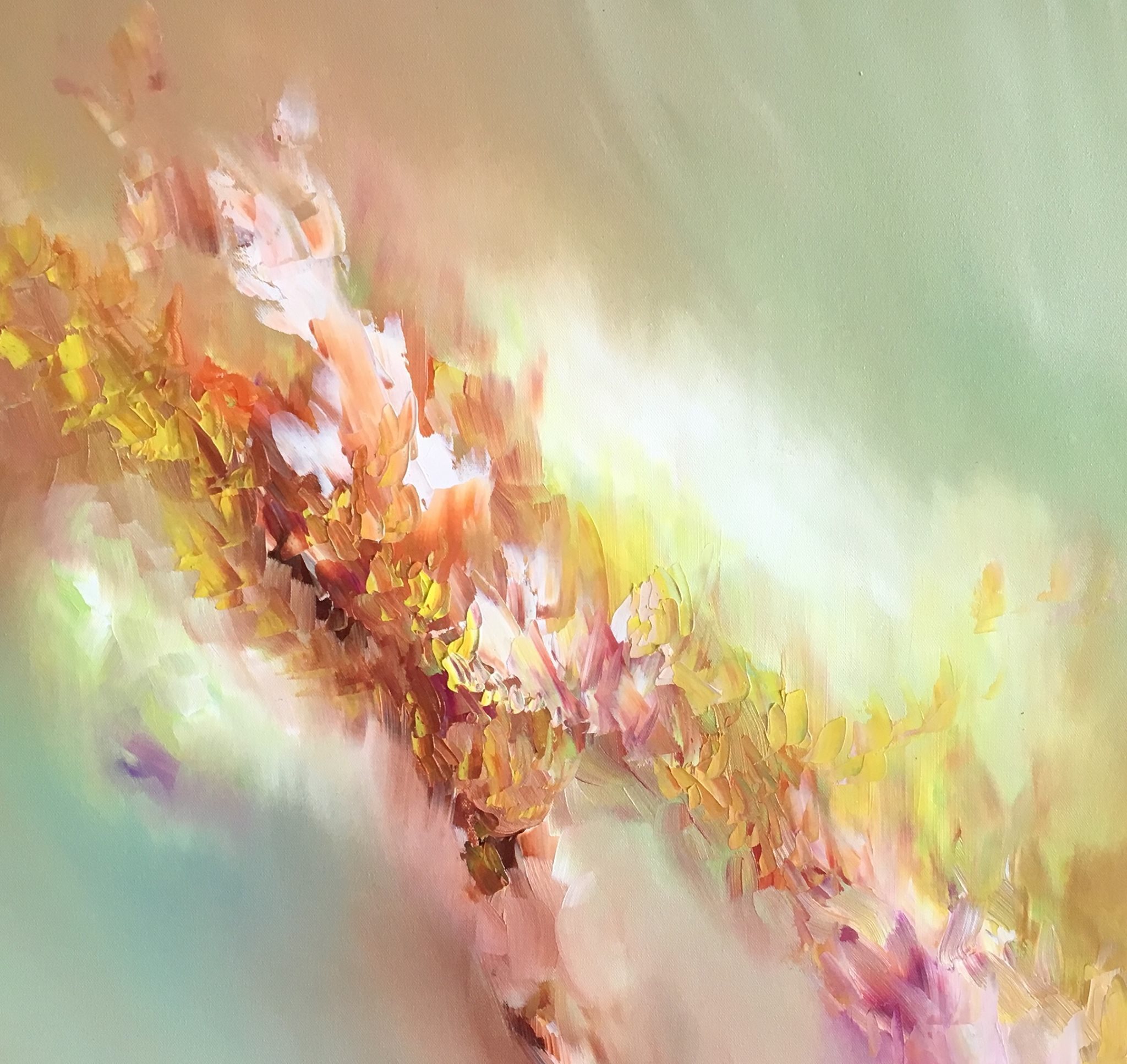
John Lennon, “Julia.”
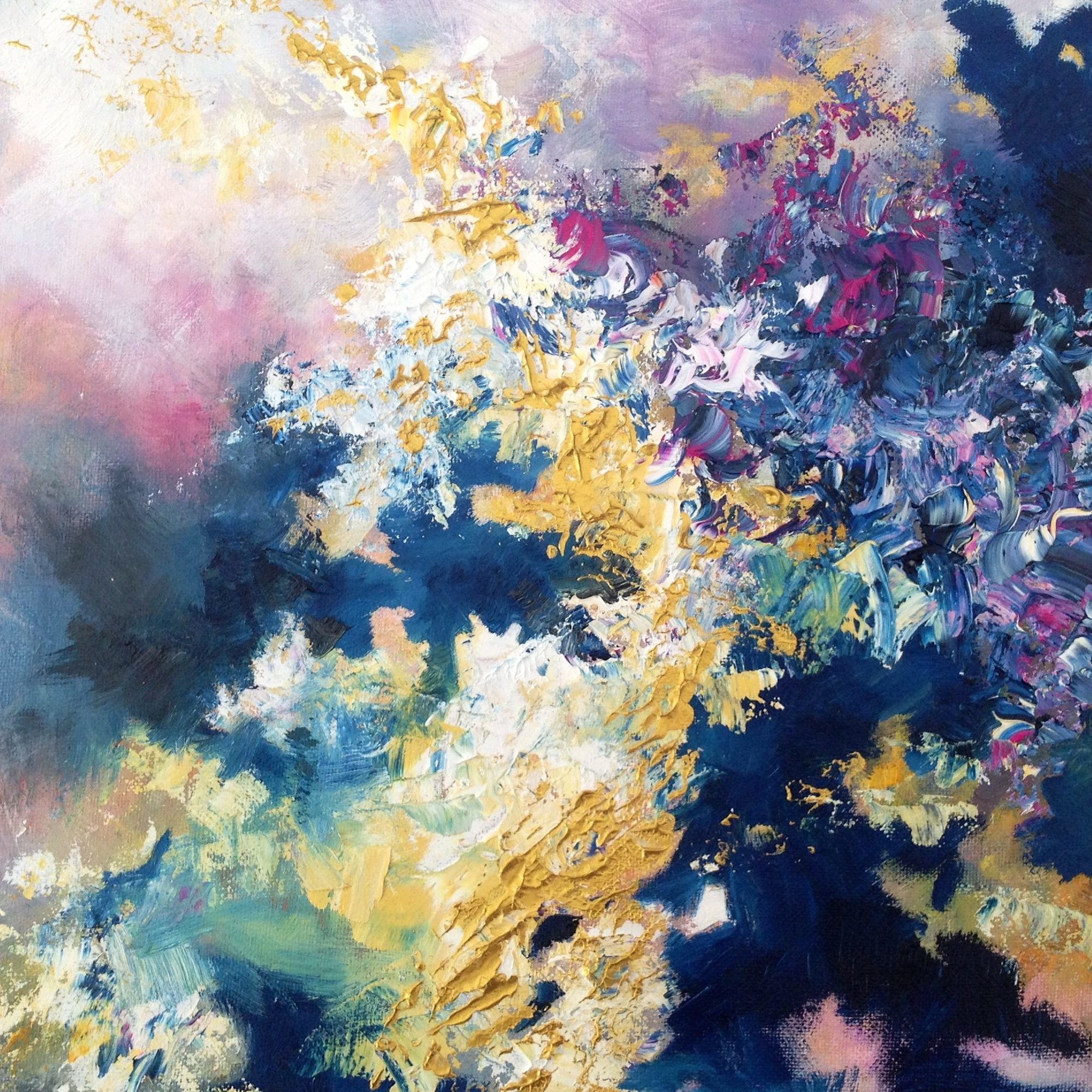
Jimi Hendrix, “Little Wing.”

Stevie Ray Vaughan, “Lenny.”
More
From VICE
-

Screenshot: Shaun Cichacki -

Screenshot: ConcernedApe -

Collage by VICE -
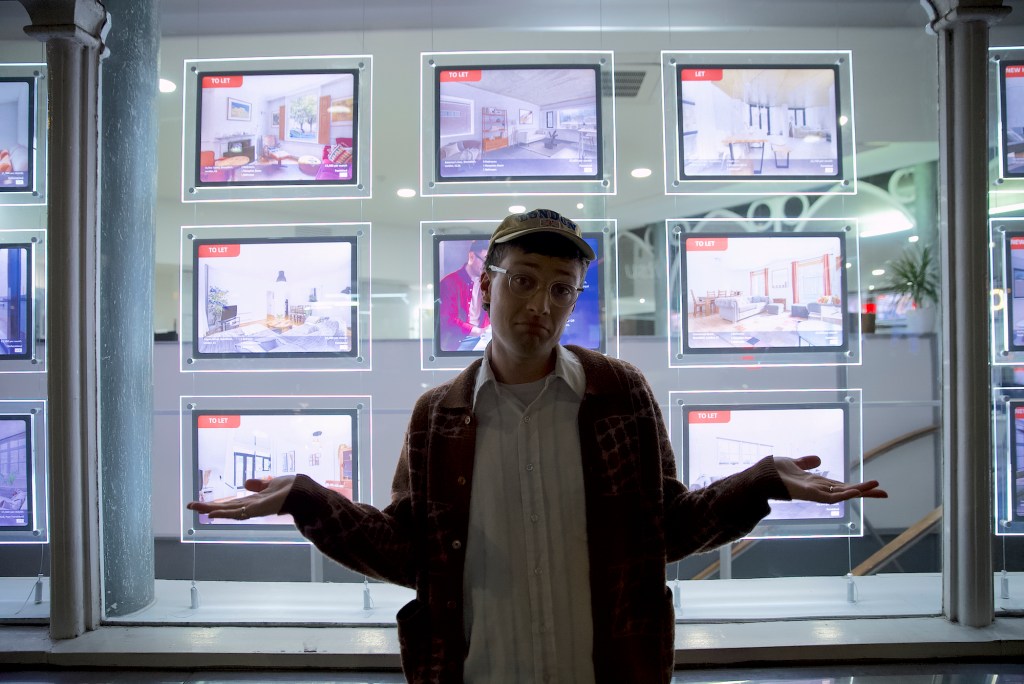
The author lurks outside an estate agents, Voigt-Kampff machine just out of shot. Photo by Zuka George
